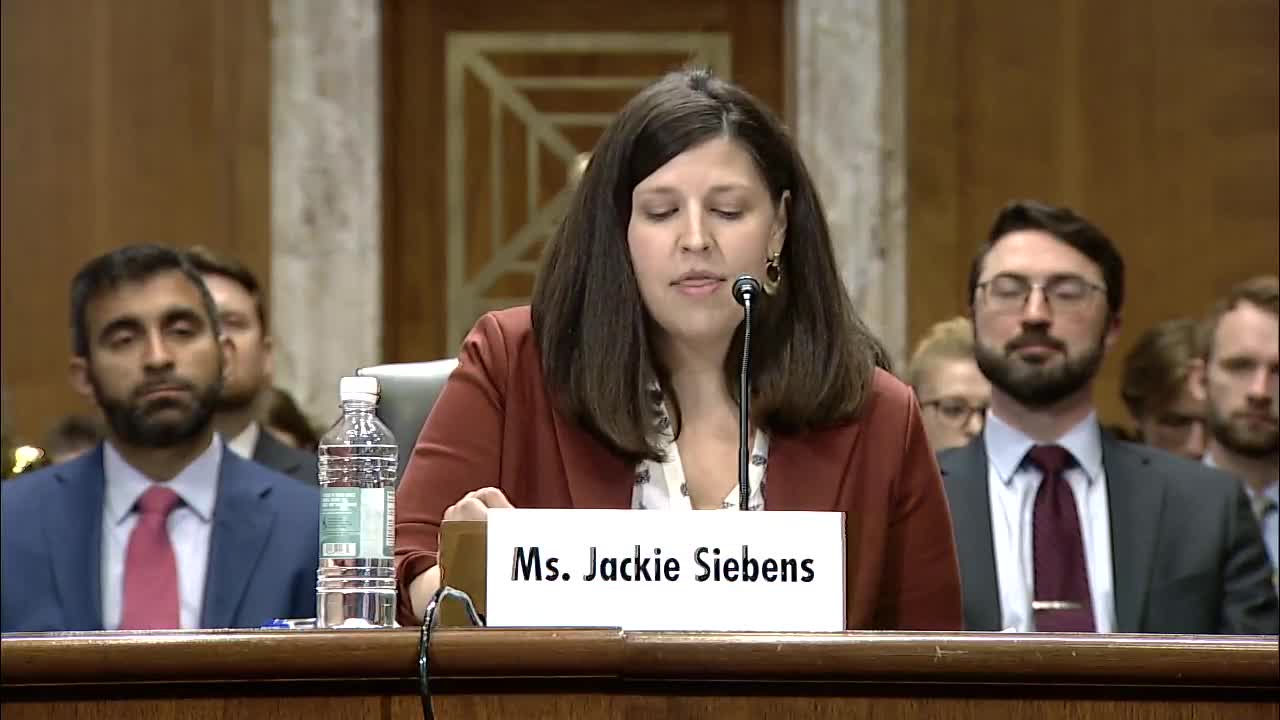US must act swiftly to secure fusion energy future
September 19, 2024 | Energy and Natural Resources: Senate Committee, Standing Committees - House & Senate, Congressional Hearings Compilation
This article was created by AI summarizing key points discussed. AI makes mistakes, so for full details and context, please refer to the video of the full meeting. Please report any errors so we can fix them. Report an error »

In a recent government meeting, officials emphasized the urgent need to enhance the United States' supply chains for fusion energy, advocating for the adaptation of existing government programs and the creation of new initiatives similar to the Chips and Science Act. Key proposals included strategic manufacturing support aimed at building the necessary capacity for large-scale fusion deployment and advancing research and development in applied materials.
The discussion highlighted the progress made by the Nuclear Regulatory Commission and Congress in regulating fusion technology, but underscored the need for further advancements as commercialization approaches. A significant proposal was introduced for design-specific licensing, which would allow fusion generators to be licensed based on their design rather than requiring individual site approvals. This approach aims to streamline the regulatory process, making it more efficient and conducive to mass production.
Additionally, the meeting addressed the importance of developing tailored environmental regulatory frameworks for fusion, avoiding the lengthy processes associated with fission. The integration of fusion generators into the energy grid was also a focal point, with calls for federal and state regulators to collaborate on simplifying interconnection processes. This would facilitate the direct supply of power to large consumers, such as data centers, without the need for extensive grid infrastructure.
The urgency of these initiatives was underscored by concerns over China's aggressive investment in fusion technology, estimated at $1.5 billion annually, and its strategic focus on innovation in both civilian and military applications. With China reportedly having ten times as many PhDs in fusion research as the U.S. and a history of replicating American designs, officials warned that without a comprehensive response, the U.S. risks falling behind in the global race for fusion energy deployment.
The meeting concluded with a call to action, stressing that as soon as a fusion company achieves electricity production, the necessary regulatory and infrastructural frameworks must be in place to ensure the U.S. can compete effectively in this critical field.
The discussion highlighted the progress made by the Nuclear Regulatory Commission and Congress in regulating fusion technology, but underscored the need for further advancements as commercialization approaches. A significant proposal was introduced for design-specific licensing, which would allow fusion generators to be licensed based on their design rather than requiring individual site approvals. This approach aims to streamline the regulatory process, making it more efficient and conducive to mass production.
Additionally, the meeting addressed the importance of developing tailored environmental regulatory frameworks for fusion, avoiding the lengthy processes associated with fission. The integration of fusion generators into the energy grid was also a focal point, with calls for federal and state regulators to collaborate on simplifying interconnection processes. This would facilitate the direct supply of power to large consumers, such as data centers, without the need for extensive grid infrastructure.
The urgency of these initiatives was underscored by concerns over China's aggressive investment in fusion technology, estimated at $1.5 billion annually, and its strategic focus on innovation in both civilian and military applications. With China reportedly having ten times as many PhDs in fusion research as the U.S. and a history of replicating American designs, officials warned that without a comprehensive response, the U.S. risks falling behind in the global race for fusion energy deployment.
The meeting concluded with a call to action, stressing that as soon as a fusion company achieves electricity production, the necessary regulatory and infrastructural frameworks must be in place to ensure the U.S. can compete effectively in this critical field.
View full meeting
This article is based on a recent meeting—watch the full video and explore the complete transcript for deeper insights into the discussion.
View full meeting